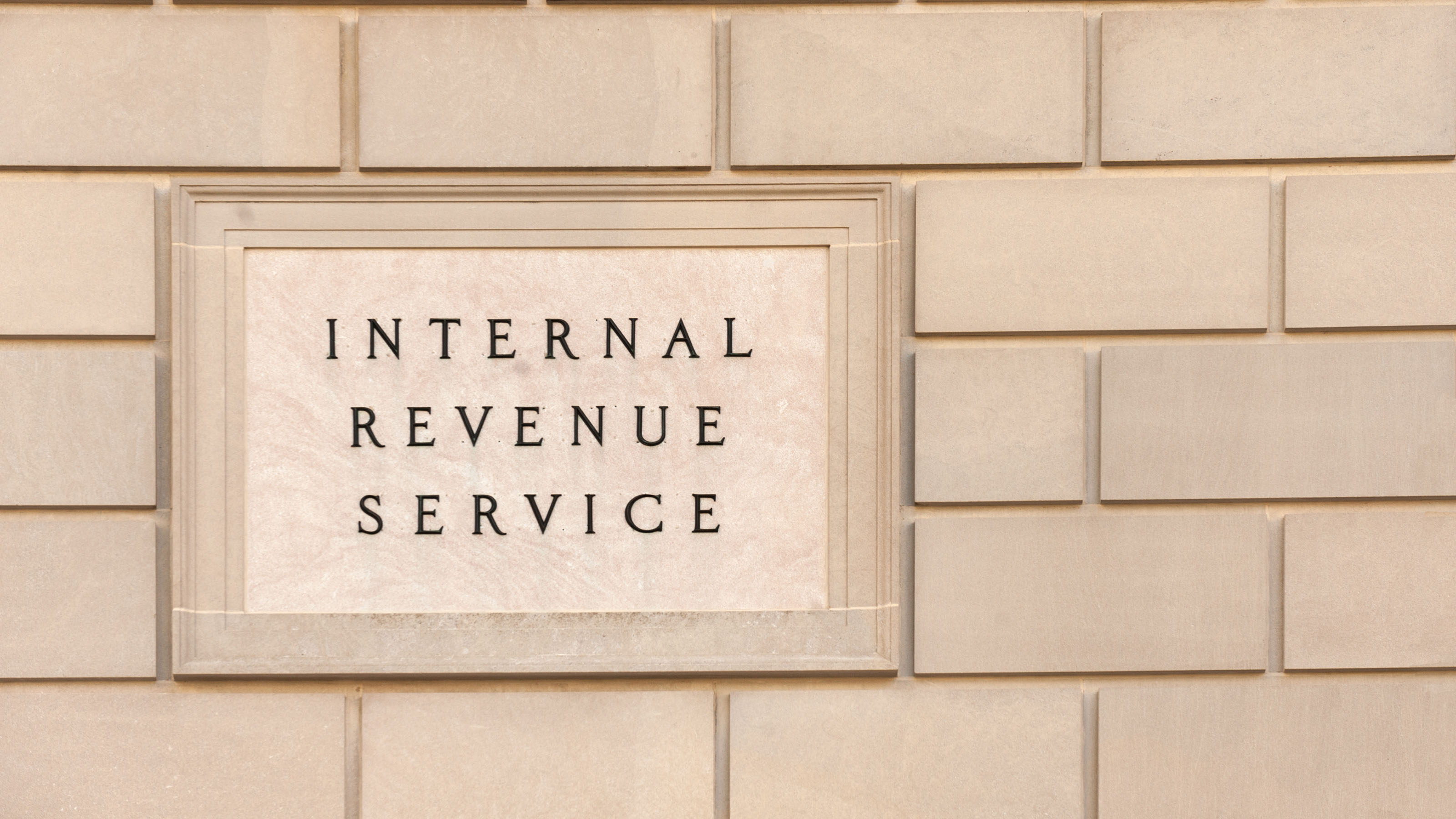The Scary Costs of Fight-or-Flight Investing
Understanding the fear factors that trigger dire moves can help you stick with your plan.


A couple weeks ago I was talking with a friend. He told me that this March, after the stock market had lost over 30% in just a few weeks, he called his financial adviser and told him to sell all his stock positions and hold all the proceeds in cash. The adviser did as he was told.
Three months later, after the market recovered nearly all of its losses — as of this writing — my friend is experiencing a classic case of “seller’s remorse.”
Now, it’s easy to look back and say, “Well, your friend shouldn’t have done that.” But, actually, in a time of major stress, the fear-driven thinking that leads investors to tell their financial adviser to cash in their stocks is completely understandable. It’s hard-wired into our brains.
From just $107.88 $24.99 for Kiplinger Personal Finance
Become a smarter, better informed investor. Subscribe from just $107.88 $24.99, plus get up to 4 Special Issues

Sign up for Kiplinger’s Free Newsletters
Profit and prosper with the best of expert advice on investing, taxes, retirement, personal finance and more - straight to your e-mail.
Profit and prosper with the best of expert advice - straight to your e-mail.
Feeling stress or fear can drive you to take impulsive actions that really require a wider or long-term perspective. When you make these knee-jerk decisions with your investments, you could be putting your financial future at risk.
That’s why it’s important to understand what triggers fear — and how to avoid giving into impulses that are more likely to harm you than help you over the long run.
Understanding the physiology of fear
While we might be alarmed by thunderclaps or the howling of a nearby coyote, our most intense fears are triggered by what we see — even if it’s in our imagination.
Fear is neither good nor bad. It’s a survival mechanism. And while the neurological processes that trigger fear are coded into our DNA, most of the things we learn to fear are influenced by our parents, siblings, friends (and enemies!), teachers or acquired through personal experience (remember the first time you were stung by a bee?). When we see something we’re unfamiliar with, we generally don’t fear it —until it hurts us or we become aware of its potential to do us harm.
Let me show you an image that illustrates this point.

My guess is that unless you’ve been living in a cave for the past six months, this image of the coronavirus is probably making you at least a little bit stressed or nervous. I know that every time I see this image it makes me think of daily infection and death rates endlessly broadcast on the news, the stay-at-home orders, the empty shelves and arrows marking the aisles at my local supermarket, and the anxiety I feel whenever I see someone not wearing a mask in a crowded venue.
Now think back to a year ago. If you had seen this same image, would you have felt the same way? Chances are that unless you work in the medical field, you probably would have no idea of what it was. Although you might have felt a little bit of fear of the unknown.
When we’re feeling fear or other negative emotions, it triggers what physicians call the sympathetic response — better known as the fight-or-flight response.
When this happens, our brains release adrenaline and cortisol. These hormones heighten our awareness, drive up our heart rates, and cause our muscles to tense. If they help us jump out of the way of an oncoming car, or motivate us to steer clear of a group of strangers who aren’t wearing masks, then they’re working correctly.
Negative effects on investors
But sometimes these same responses can work against us. One effect is that we start to get narrow-minded. Our brains focus on the here-and-now. We lose the ability to make rational long-term decisions. Instead, we give in to our impulses and — if no one stops us — we do things that we often later regret.
For investors, this often happens when, after a long period of steady increases, the stock market hits a rough patch. We get even more anxious when declines cross “big-round-number�� thresholds. That’s why we instinctively reach for our internal “panic” button when the Dow Jones Industrial Average loses 500 or 1,000 points in a day, but we’re less anxious when we hear that it fell 336 points. And since by nature we’re more worried by losses than we are reassured by gains, we’re far more concerned when our portfolio drops by 5% in one week than we are happy when it rises by 10% the following week.
In these stressful situations, our fight-or-flight response urges us to take the narrow-minded option of selling some or all of our stocks, instead of heeding our longer-term perspective, which reminds us that market volatility is part of investing. And that, over time, the market has always bounced back from a trough — as it mostly has done this year, as of this writing.
Instead, accentuate the positive
The best defense against negative, fear-driven impulses is to replace them with calming, positive emotions.
Now, I’m not a therapist, so I can’t prescribe a treatment plan. But I have talked with people who are qualified to give this kind of advice, and they recommend that you focus on activities that stimulate positive reactions in your:
- Body: Get it in balance by combining good nutrition, frequent exercise and sound sleeping habits.
- Mind: Meditation, laughter, gratitude and beneficial mental stimulation can help free your mind of obsessive fixations.
- Spirit: Friends, family, faith, helping others and communing with nature can help you gain the broader perspective that overcomes narrow-minded thinking.
For me, cultivating my vegetable garden helps inspire positive results in all three areas. I don’t even have to be watering the cucumbers or weeding the herb patches. I sometimes have some of my most creative and clearest thinking when I simply stand there among the zucchini and tomato plants.
What’s the lesson here for investors? Whenever you start feeling panic setting in when the Dow temporarily tumbles and the naysayers on CNBC start urging investors to run for the hills, take a deep breath and recognize that, while your fears are completely normal, you don’t need to give in to them. Turn off the TV, put your smartphone down, and spend some time counting your blessings and thinking about all the things that bring you joy in life. And keep reminding yourself that as long as your investment strategy still aligns with your risk tolerance and financial plan, you’re better off letting your portfolio recover on its own.
If you still feel unsure whether you’re making the right investment decisions, consider contacting a financial adviser. They can guide you through a process that will help reassure you that your short-term and long-term financial objectives are being addressed.
Profit and prosper with the best of Kiplinger's advice on investing, taxes, retirement, personal finance and much more. Delivered daily. Enter your email in the box and click Sign Me Up.

Chris Gullotti, CFP®, is a financial adviser and partner at Canby Financial Advisors in Framingham, Mass. He has an MS in Financial Planning from Bentley College. He brings a big picture view to each client's situation and works cooperatively with his clients' other financial professionals, including family attorneys, tax professionals and insurance advisers.
Securities and advisory services offered through Commonwealth Financial Network®, Member FINRA/SIPC, a Registered Investment Adviser.
-
 5 Types of Gifts the IRS Won’t Tax: Even If They’re Big
5 Types of Gifts the IRS Won’t Tax: Even If They’re BigGift Tax Several categories of gifts don’t count toward annual gift tax limits. Here's what you need to know.
-
 The 'Scrooge' Strategy: How to Turn Your Old Junk Into a Tax Deduction
The 'Scrooge' Strategy: How to Turn Your Old Junk Into a Tax DeductionTax Deductions We break down the IRS rules for non-cash charitable contributions. Plus, here's a handy checklist before you donate to charity this year.
-
 IRS Says You Made a Tax Return Mistake? A New Law Could Help You Fight Back
IRS Says You Made a Tax Return Mistake? A New Law Could Help You Fight BackTax Law Updated taxpayer protections change what the IRS must explain on error notices and how long you have to respond.
-
 I'm a Tax Attorney: These Are the Year-End Tax Moves You Can't Afford to Miss
I'm a Tax Attorney: These Are the Year-End Tax Moves You Can't Afford to MissDon't miss out on this prime time to maximize contributions to your retirement accounts, do Roth conversions and capture investment gains.
-
 I'm an Investment Adviser: This Is the Tax Diversification Strategy You Need for Your Retirement Income
I'm an Investment Adviser: This Is the Tax Diversification Strategy You Need for Your Retirement IncomeSpreading savings across three "tax buckets" — pretax, Roth and taxable — can help give retirees the flexibility to control when and how much taxes they pay.
-
 Could an Annuity Be Your Retirement Safety Net? 4 Key Considerations
Could an Annuity Be Your Retirement Safety Net? 4 Key ConsiderationsMore people are considering annuities to achieve tax-deferred growth and guaranteed income, but deciding if they are right for you depends on these key factors.
-
 I'm a Financial Pro: Older Taxpayers Really Won't Want to Miss Out on This Hefty (Temporary) Tax Break
I'm a Financial Pro: Older Taxpayers Really Won't Want to Miss Out on This Hefty (Temporary) Tax BreakIf you're age 65 or older, you can claim a "bonus" tax deduction of up to $6,000 through 2028 that can be stacked on top of other deductions.
-
 Meet the World's Unluckiest — Not to Mention Entitled — Porch Pirate
Meet the World's Unluckiest — Not to Mention Entitled — Porch PirateThis teen swiped a booby-trapped package that showered him with glitter, and then he hurt his wrist while fleeing. This is why no lawyer will represent him.
-
 Smart Business: How Community Engagement Can Help Fuel Growth
Smart Business: How Community Engagement Can Help Fuel GrowthAs a financial professional, you can strengthen your brand while making a difference in your community. See how these pros turned community spirit into growth.
-
 In 2026, the Human Touch Will Be the Differentiator for Financial Advisers
In 2026, the Human Touch Will Be the Differentiator for Financial AdvisersAdvisers who leverage innovative technology to streamline tasks and combat a talent shortage can then prioritize the irreplaceable human touch and empathy.
-
 How Financial Advisers Can Deliver a True Family Office Experience
How Financial Advisers Can Deliver a True Family Office ExperienceThe family office model is no longer just for the ultra-wealthy. Advisory firms will need to ensure they have the talent and the tech to serve their clients.